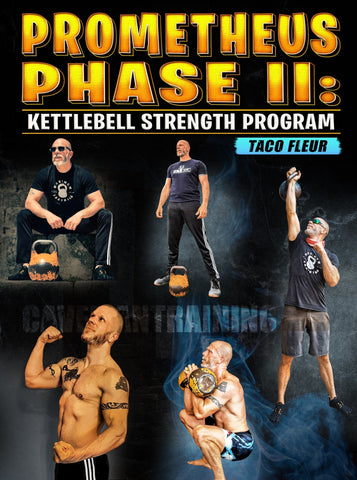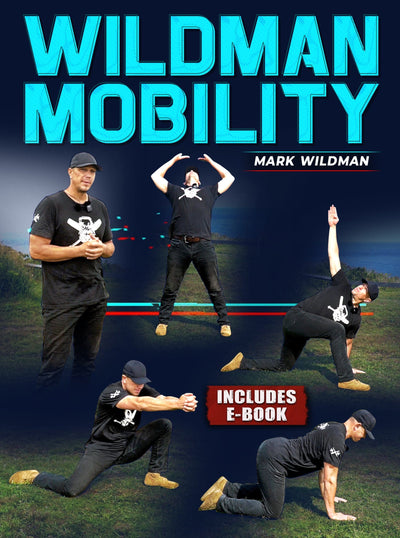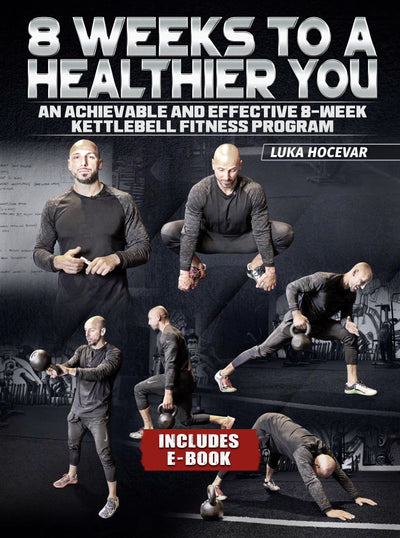Pull Throughs and Kettlebell Swings
In the realm of strength and functional training, certain exercises stand out for their remarkable ability to engage multiple muscle groups, enhance cardiovascular fitness, and improve overall athleticism. Among these, pull throughs and kettlebell swings have gained recognition for their effectiveness and versatility.
What this article covers:
- Pull Throughs
- Kettlebell Swings
- Kettlebell High Pull
- Kettlebell Pullover
- Kettlebell Pull Exercises
- Kettlebell Plank Pull Through
- Kettlebell Swing Push or Pull
These exercises, though distinct in nature, share a common thread of targeting the posterior chain muscles and promoting functional strength. Pull-throughs, often performed with a cable machine or resistance band, are renowned for their capacity to engage the glutes, hamstrings, and lower back while incorporating core stability.
Meanwhile, kettlebell swings, a hallmark of kettlebell training, offer a dynamic full-body workout, harnessing the power of the hips and posterior chain for improved strength, power, and cardiovascular conditioning. In this exploration, we delve into the mechanics and benefits of both pull-throughs and kettlebell swings, uncovering the unique advantages each exercise brings to a well-rounded fitness regimen. Whether you're a seasoned fitness enthusiast or just embarking on your journey, these exercises hold the potential to elevate your fitness routine and contribute to a stronger, more resilient you.
Pull Throughs
Pull-throughs are a popular exercise in the realm of strength training, particularly in the context of targeting the posterior chain muscles. This exercise primarily engages muscles like the glutes, hamstrings, and lower back, while also involving the core to stabilize the movement. Pull-throughs are often performed using a cable machine or resistance band, making them highly versatile and adaptable to various fitness levels.
To perform a pull-through, you typically start by attaching a rope or handle to a low pulley on a cable machine or stepping on a resistance band. Begin facing away from the anchor point, with your feet positioned slightly wider than hip-width apart. Hinge at the hips while keeping your knees slightly bent, allowing the weight or resistance to move between your legs. Engage your glutes and hamstrings to bring your torso back to an upright position, effectively pulling the weight through your legs. This controlled movement targets the posterior chain and helps improve hip mobility and overall strength.
Kettlebell Swings
Kettlebell swings are a dynamic and explosive exercise that integrates cardiovascular fitness, muscular strength, and power. They are often associated with kettlebell training, a style of functional fitness that emphasizes whole-body movements and coordination. The primary muscles engaged during kettlebell swings include the glutes, hamstrings, lower back, shoulders, and core muscles.
To execute a kettlebell swing, you start by gripping the kettlebell with both hands, maintaining a hip-width stance. The kettlebell is placed in front of you on the ground. With a slight bend in the knees, you initiate the movement by rapidly swinging the kettlebell between your legs, hinging at the hips while keeping your back straight. The power for the swing comes from the hips and posterior chain muscles. As the kettlebell reaches its lowest point between your legs, you forcefully extend your hips and knees, propelling the kettlebell forward and up to about chest height. The momentum generated from your hip thrust creates a pendulum-like motion. Control the descent of the kettlebell and flow into the next repetition.
Kettlebell swings offer a range of benefits, including improved hip power and explosiveness, enhanced muscular endurance, and increased cardiovascular fitness. It's crucial to maintain proper form to prevent injuries and maximize the effectiveness of the exercise. Regular practice of kettlebell swings can contribute to functional strength that translates into various activities and sports.
Kettlebell High Pull
The kettlebell high pull is a dynamic compound exercise that blends elements of strength and power. This exercise focuses on engaging the posterior chain, particularly the glutes, hamstrings, and upper back muscles. To execute a kettlebell high pull, you start in a hip-width stance, holding the kettlebell with an overhand grip between your legs. Initiating the movement with a powerful hip hinge, you explosively extend your hips and pull the kettlebell towards chest level, aiming to keep the elbow high and close to the body. This motion resembles a rowing action and relies on the force generated by the hips. The kettlebell high pull not only enhances strength and muscle development but also promotes explosiveness and coordination.
Kettlebell Pullover
The kettlebell pullover is a versatile exercise that primarily targets the muscles of the upper body, particularly the latissimus dorsi, chest, and triceps. It also engages the core muscles to stabilize the movement. To perform a kettlebell pullover, lie on your back on a bench or the floor, holding the kettlebell with both hands above your chest. Keeping a slight bend in your elbows, lower the kettlebell back and over your head in an arc-like motion, maintaining control throughout the movement. Reverse the motion to bring the kettlebell back to the starting position. The kettlebell pullover is effective for strengthening the upper body, enhancing shoulder mobility, and improving core stability.
Kettlebell Pull Exercises
Kettlebell pull exercises encompass a range of movements that involve pulling the kettlebell towards you, engaging various muscle groups. These exercises include the kettlebell row, kettlebell bent-over row, and kettlebell single-arm row. Each of these variations targets the back muscles, including the lats, rhomboids, and traps, as well as the biceps and rear deltoids. By pulling the kettlebell towards your body in different positions, you challenge different angles and muscle fibers, contributing to a well-rounded back and upper body development.
Kettlebell Plank Pull Through
The kettlebell plank pull-through is a functional exercise that combines the stability challenge of a plank with the movement of pulling. This exercise engages the core, shoulders, and oblique muscles while promoting upper body and core strength. To perform a kettlebell plank pull-through, start in a plank position with a kettlebell placed beside one hand. While maintaining a stable plank, reach across with the opposite hand to grab the kettlebell's handle and pull it underneath you to the other side. Alternate sides with each repetition. This exercise not only improves core strength and shoulder stability but also enhances coordination and balance.
Kettlebell Swing Push or Pull
The kettlebell swing push or pull can be approached from both a pushing and pulling perspective, each emphasizing different muscle groups and mechanics. The traditional kettlebell swing is often considered a "hip hinge and pull" movement, as it involves explosively pulling the kettlebell up using the hip thrust generated by the posterior chain muscles. However, some variations introduce a "push" element by incorporating an overhead press at the top of the swing. This adds an upper body component to the movement, engaging the shoulders and triceps. Whether performed primarily as a pull or with added pushing, the kettlebell swing remains a foundational exercise for building explosive hip power, cardiovascular endurance, and functional strength.
In conclusion, both pull-throughs and kettlebell swings are effective exercises that target different aspects of fitness and muscle groups. Pull-throughs focus on the posterior chain, aiding in strengthening the backside of the body and improving hip mobility. On the other hand, kettlebell swings offer a full-body workout that combines strength, power, and cardiovascular conditioning. Incorporating these exercises into a well-rounded fitness routine can contribute to improved functional fitness, muscle development, and overall health. As with any exercise, it's recommended to learn the proper technique and start with an appropriate weight or resistance level, gradually progressing as your strength and proficiency increase.
Did you find the blog helpful? If so, consider checking out other guides:
- Kettlebell High Pull Muscles Worked
- Kettlebell Swing Squat
- Kettlebell Split Squat
- Overhead Squat with Kettlebells
- Double Kettlebell Squat
- Pistol Squat on Kettlebell
- Kettlebell Squat Clean
- Kettlebell Squats Muscles Worked
- Kettlebell Bulgarian Split Squat
- Kettlebell Jump Squats
- Hack Squat Kettlebell
- Kettlebell Squat Variations
- The Kettlebell Rack Squat
- Kettlebell Squat to Press
- Kettlebell Bicep Workout





